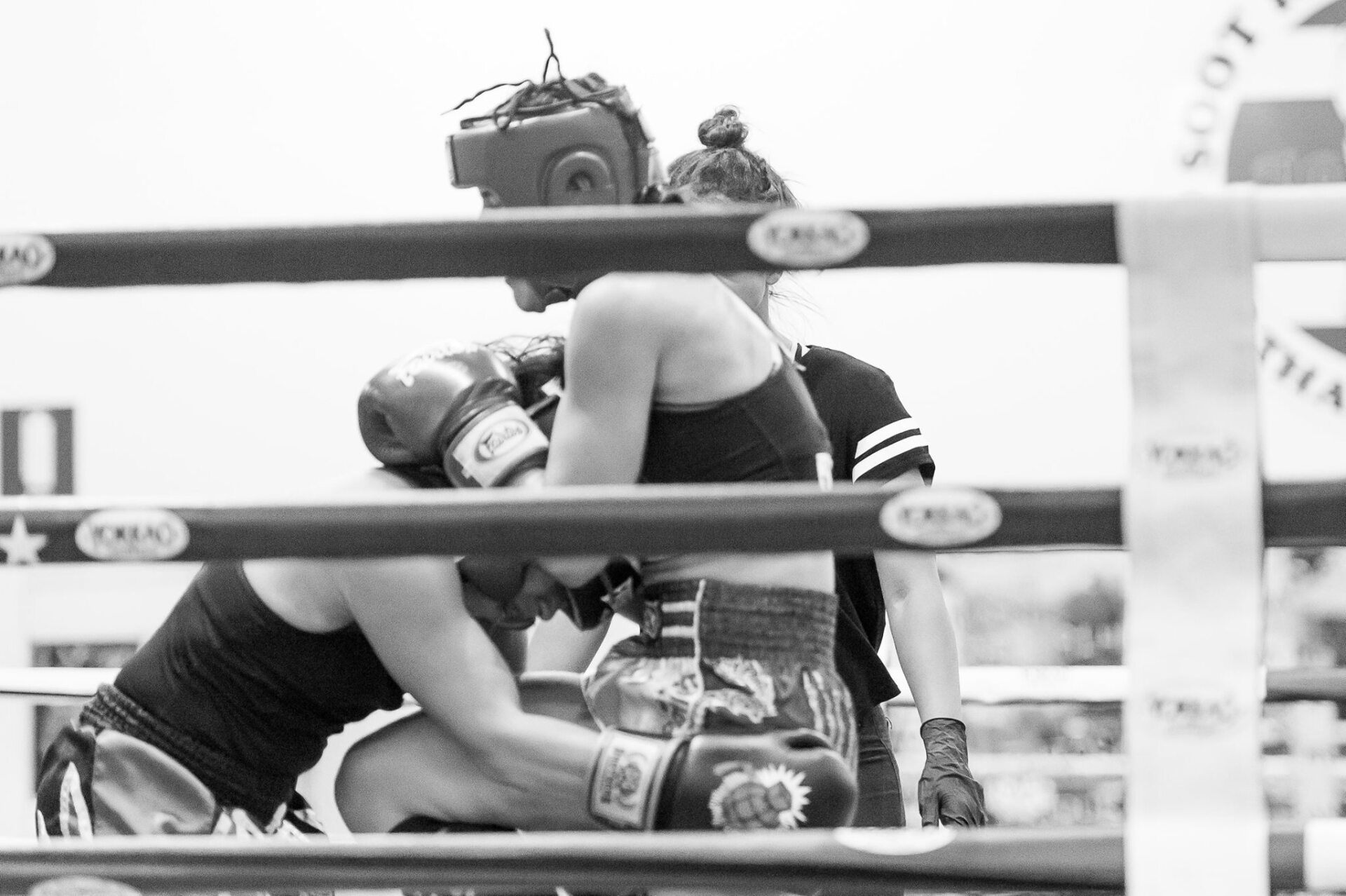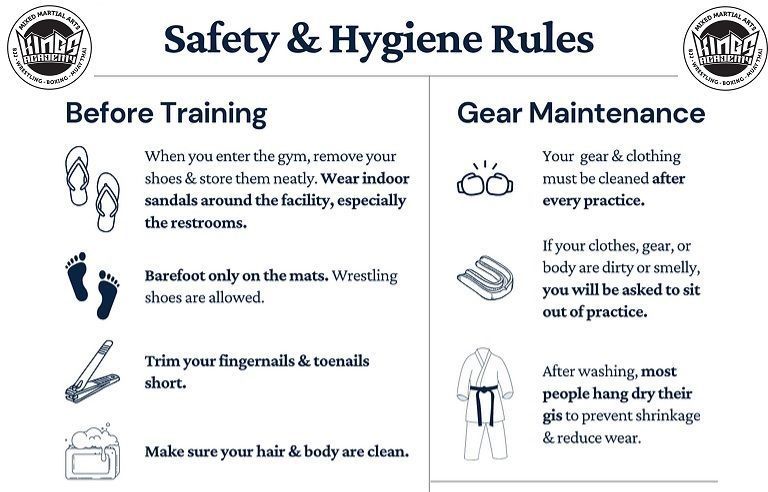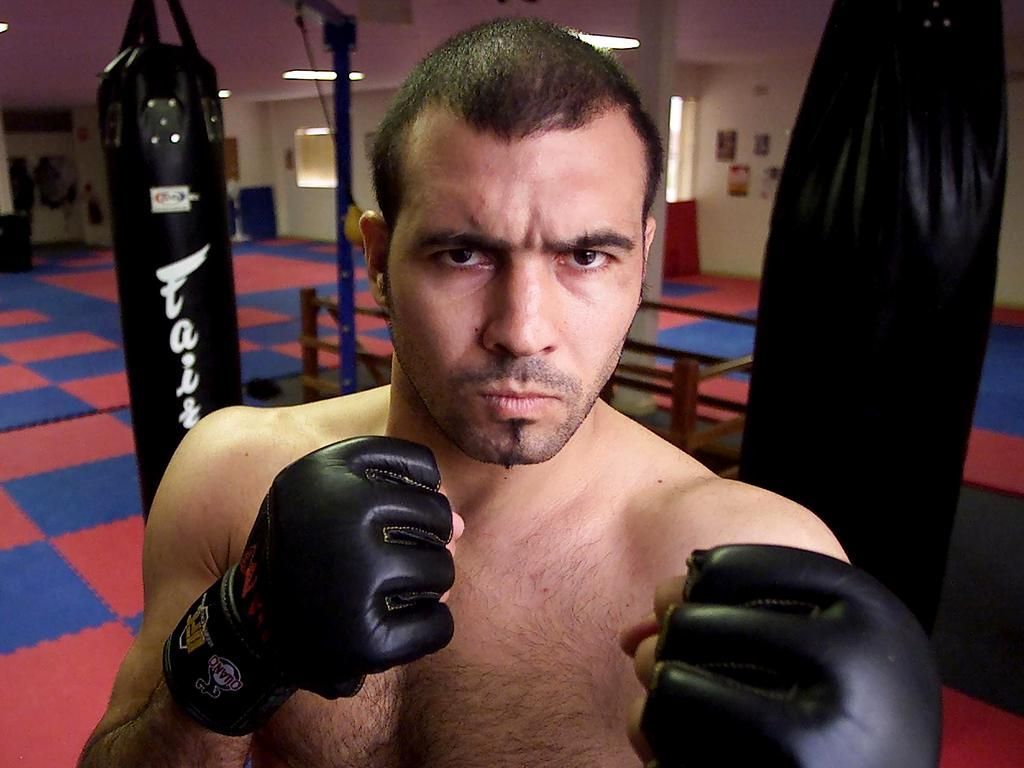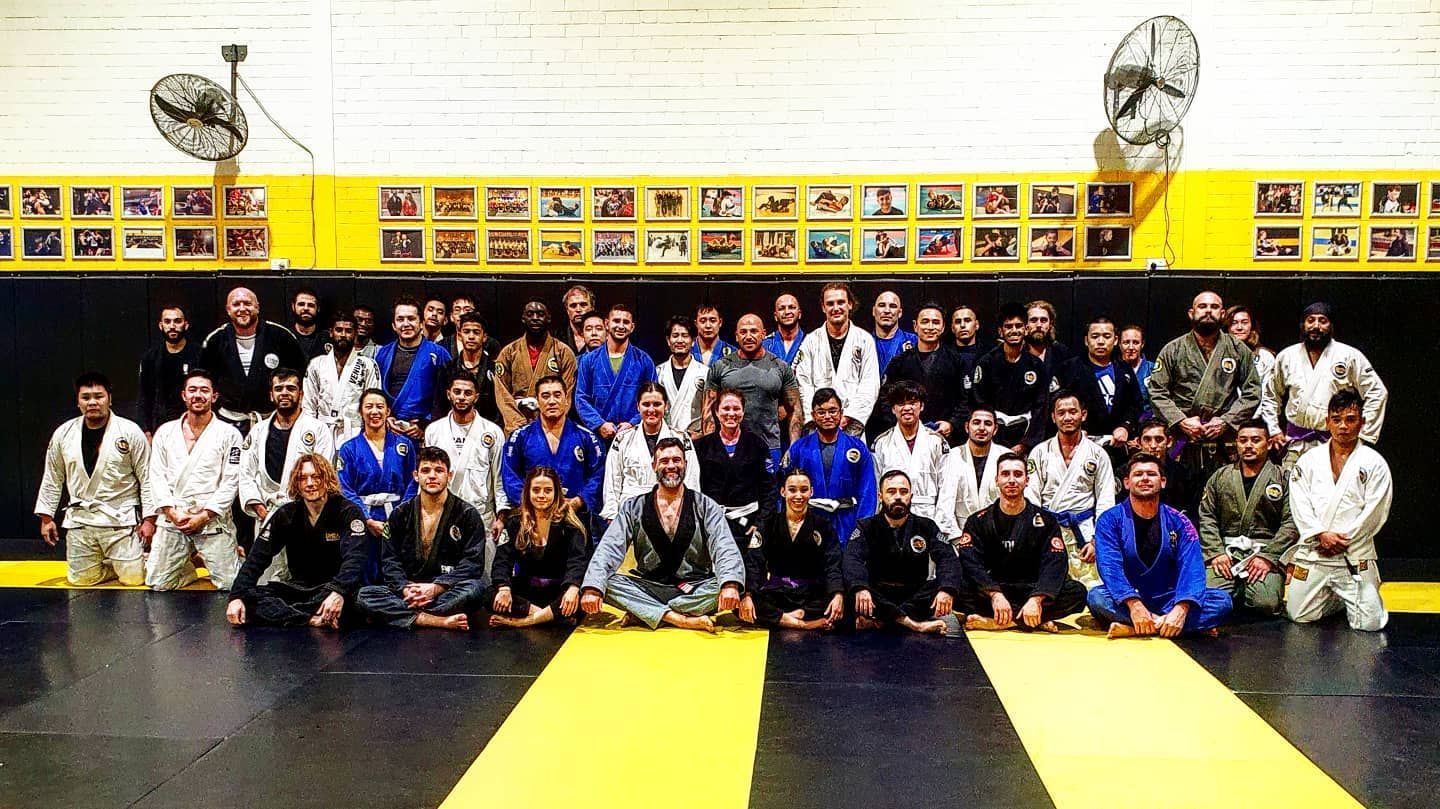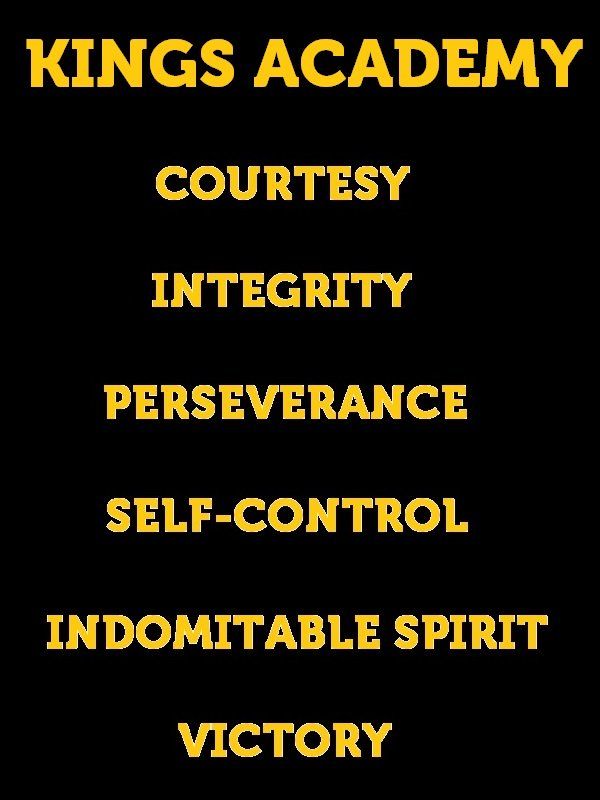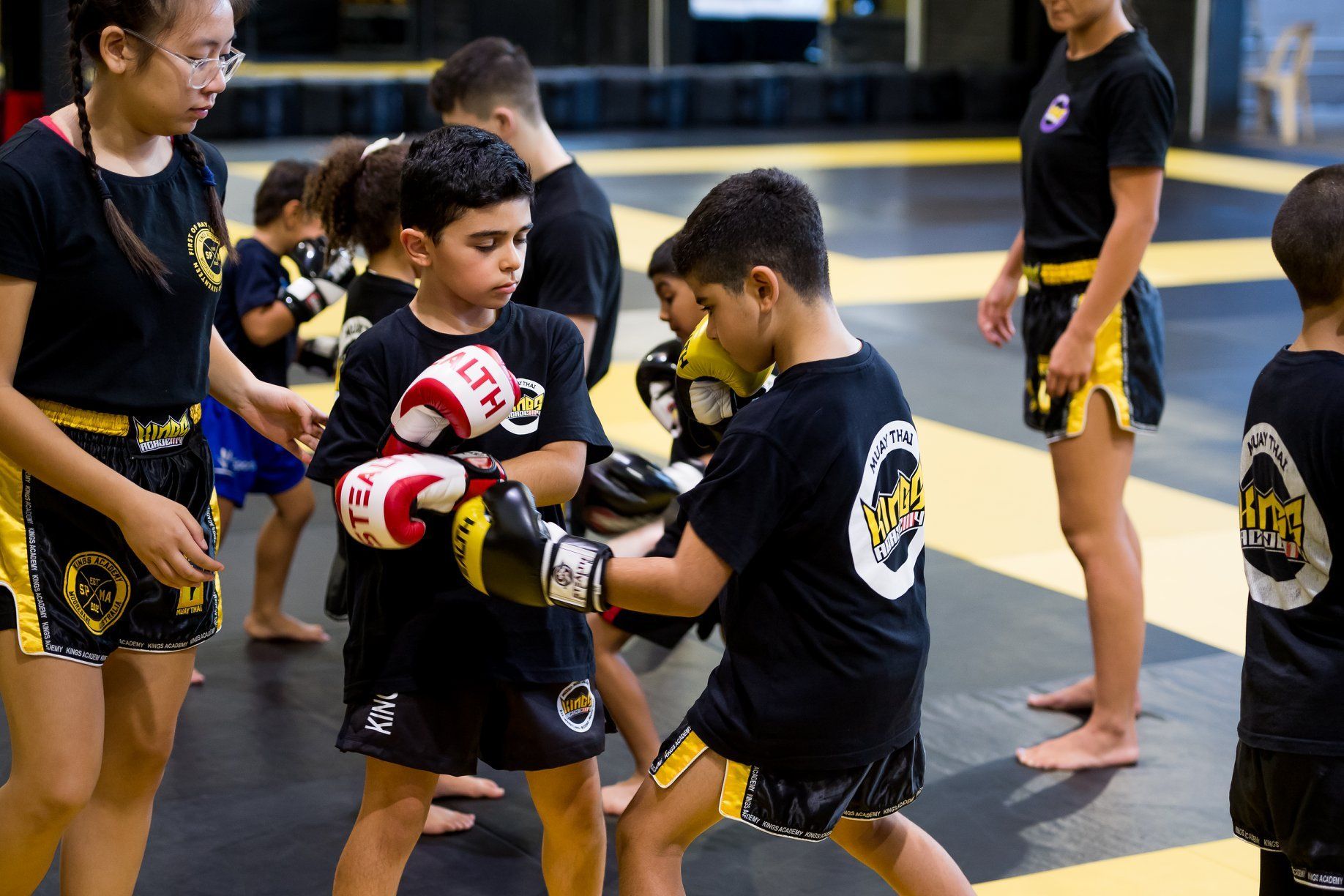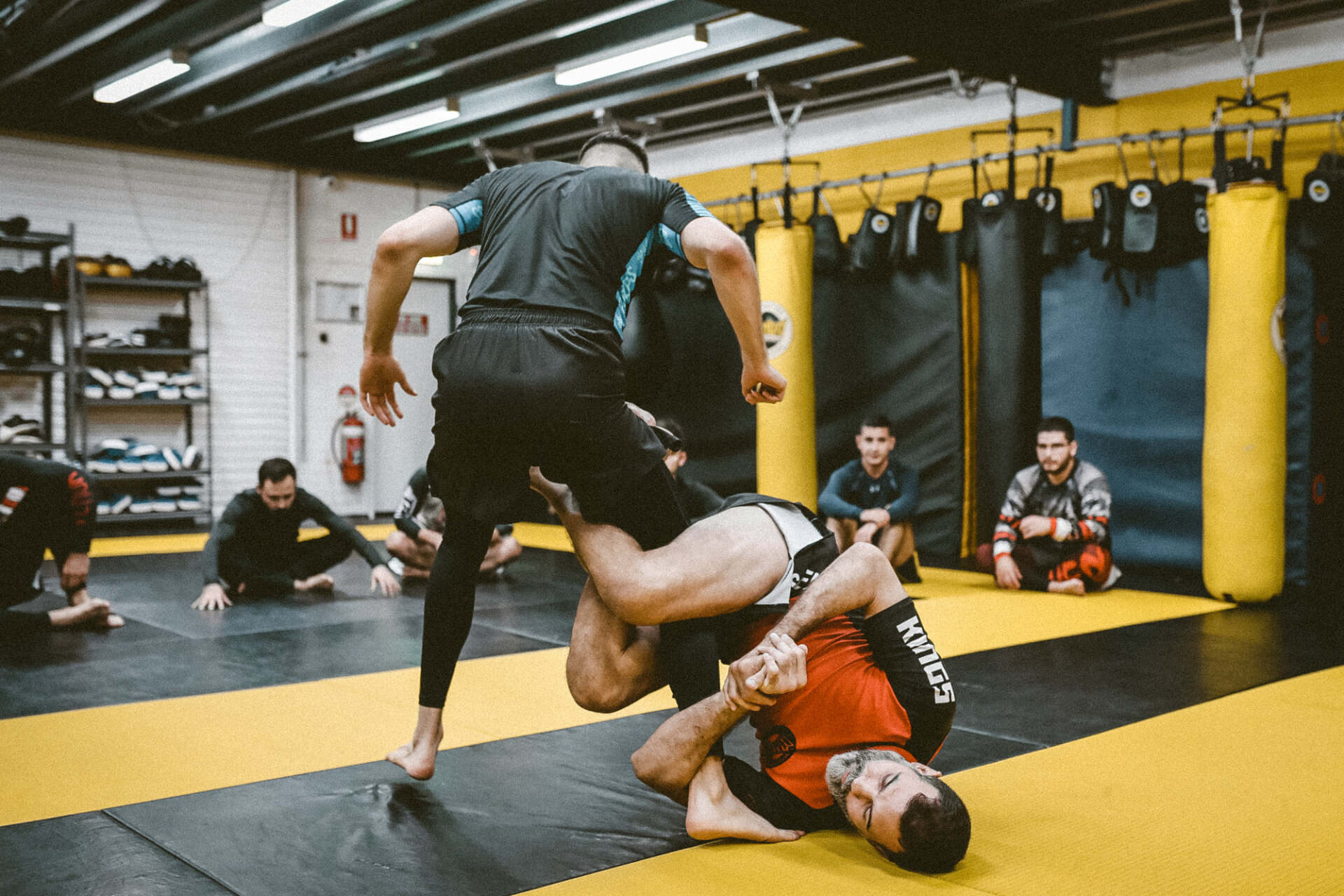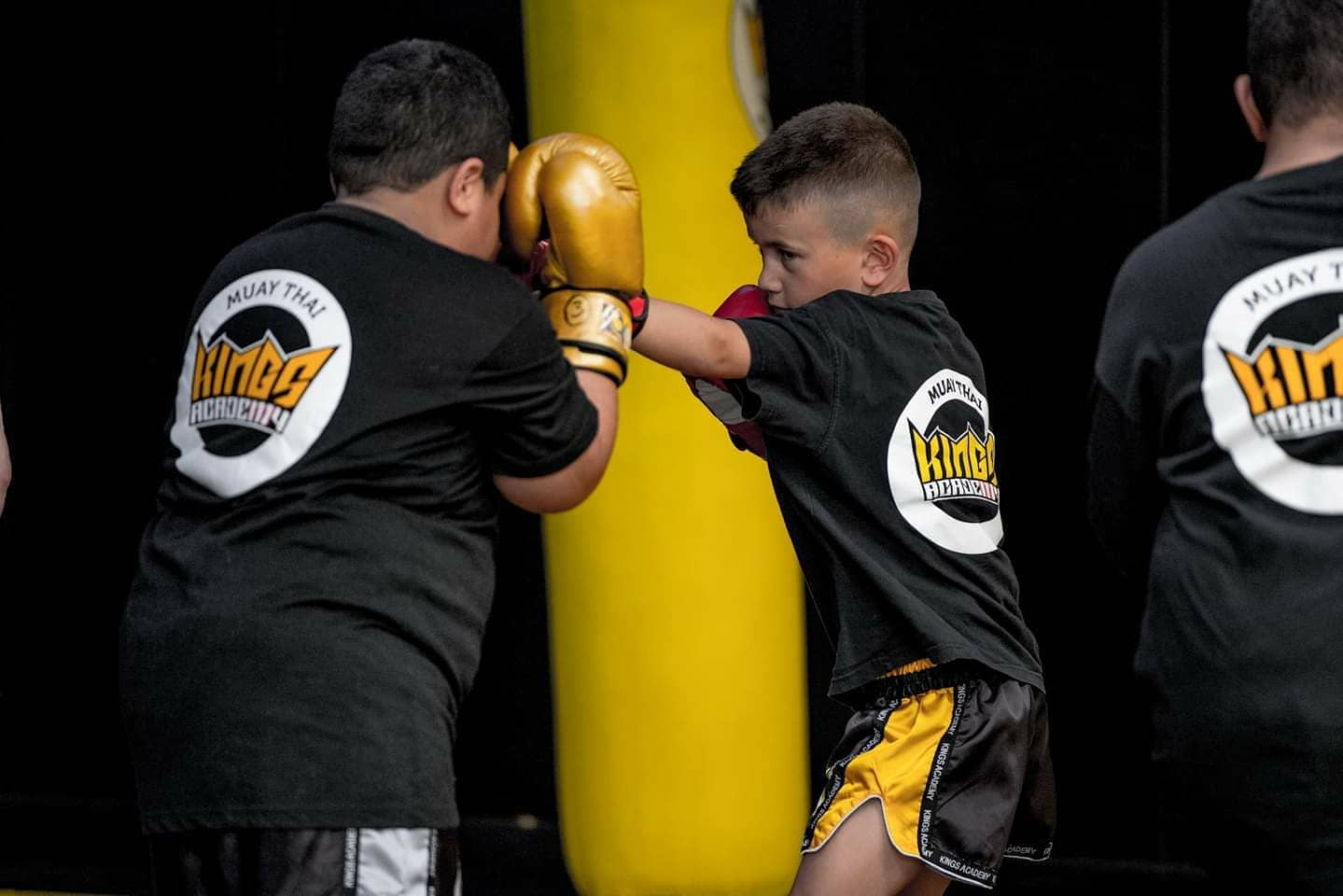Why is Shadow boxing so Important?
Learn why Boxing, Kickboxing, Muay Thai, and Mixed Martial Arts (MMA) fighters value Shadow Boxing and why you should be using it as part of your regular training routine.
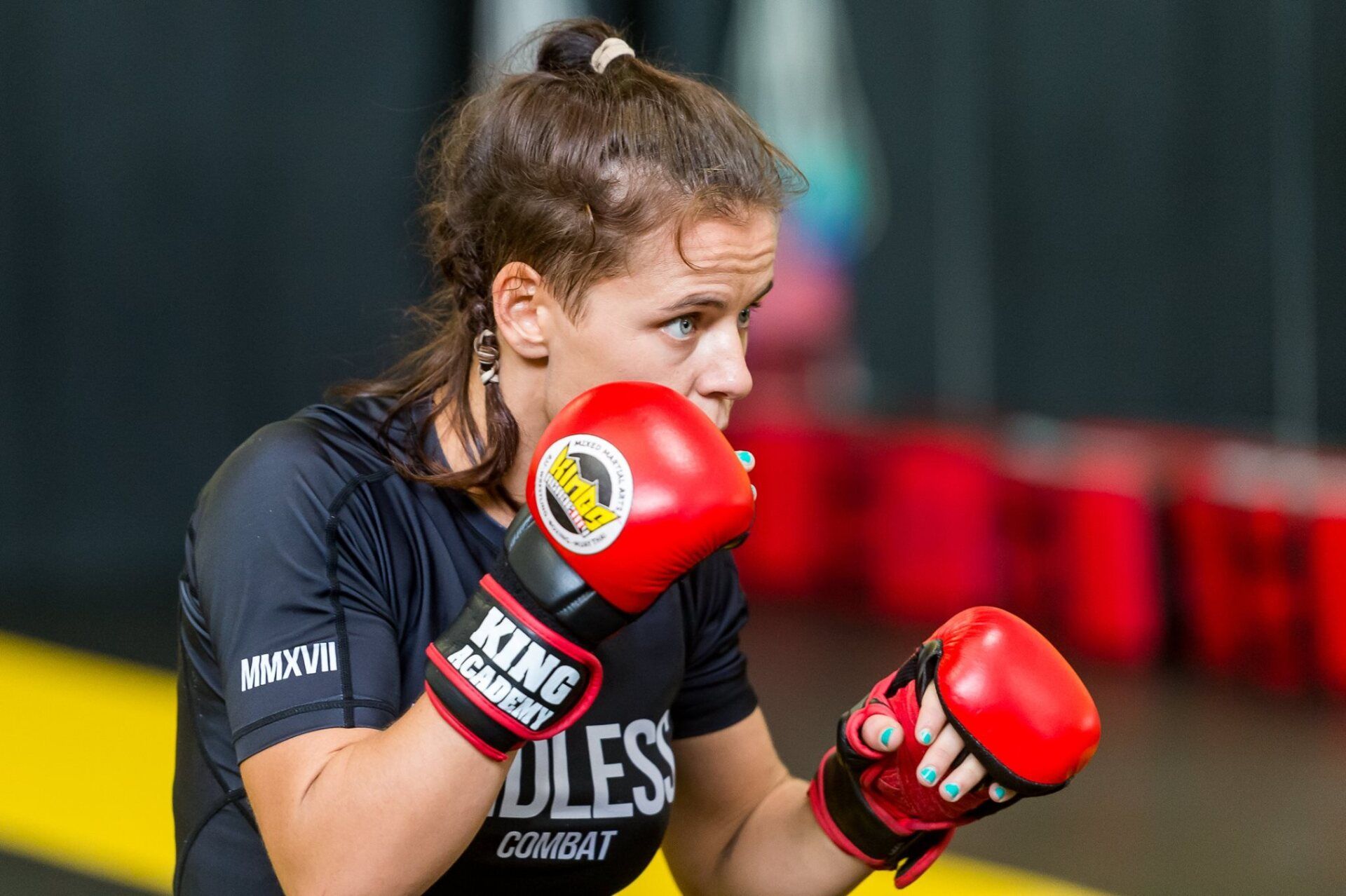
Why is Shadwow Boxing so Important?
How to make the most of your Shadow Boxing
If you're interesting classes in Boxing or Muay Thai please check out our pages: Boxing - Muay Thai
What is Shadow Boxing?
Shadow boxing is when a Boxer, Kickboxer, Muay Thai or MMA (Mixed Martial Arts) fighter moves around by themselves throwing punches (or kicks/elbows/knees) in the air. Shadow boxing is a popular exercise for fighters to hone their fighting techniques, condition their muscles, warm-up or warm down during their workouts, or even to mentally prepare themselves before a fight. Done properly and with the right goals in mind, shadow boxing can improve your technique, strength, power, speed, endurance, rhythm, footwork, offense and defence, and overall fighting abilities.
You can Shadow box anywhere!
Shadow boxing is an extremely portable routine because you can shadow box anywhere and doesn’t require a large space (you can even shadow box stationary if the space doesn’t permit movement). Aside from the gym, you can shadow box in your living room or on vacation at your hotel, or pretty much anywhere imaginable. All you need is a little space where you can move around freely, and you basically have the perfect environment for shadow boxing.
The best place to shadow box, however, is in front of a mirror. When you’re looking at yourself performing your techniques, you will be able to notice various flaws and nuances to your movements that while subtle, can be difficult to correct. It is important to keep a close eye on your movements, and that’s where shadow boxing in front of a mirror comes in handy.
What are the benefits of shadow boxing?
Shadow boxing is incredibly versatile because of its freestyle nature and simplicity. You can practice anything you want without any distraction (by a bag moving around, or an opponent trying to hit you), and take instant feedback from a mirror, coach, or camera. You don’t need any equipment or anybody. Shadowboxing is quite harmless as you aren’t punished for making mistakes. All you need is an imagination, and you can practice virtually any movement you want.
Another great and very important overlooked skill that shadow boxing works on improving is your footwork. Footwork in Boxing, Kickboxing, Muay Thai and MMA is critical and can transform you from being a novice, into being an advanced practitioner. It is also the first step to combining footwork with strategy to develop ring general ship.
Some shadow boxing routines focus solely on footwork and movement, which of course will greatly enhance the way you use your feet in the ring. Gain a better understanding of how to move forward and backward and side to side. Once you become more comfortable with your movement, you can start moving at angles, and learn how to pivot.
Shadow boxing is a great way to enhance your footwork, and you’ll be moving like a pro in no time.
One of the most important aspects of your technique that shadow boxing helps to enhance is head movement. Head movement is rarely improved by routines such as the heavy bag or focus mitts. Admittedly, a large part of training will deal with offense. But that doesn’t mean defence isn’t as important. Whereas most routines work on punching and combinations, shadow boxing allows you to place great emphasis on head movement for defence. Consciously shifting your head from side to side to evade punches from an imaginary opponent will fast-track your body to memorizing its movements so that head movement becomes second nature. You can also work other defensive movements which can be overlooked in general training (covers, parry’s, checks, sprawls, etc). It’s important not to get focussed only on offence as without effective defence you won’t have the opportunity to use your offensive skills. But remember the first defensive skill you should learn is “don’t be there to get hit” and that means using your footwork to avoid your opponent’s offence. Shadow boxing is one of the best ways to develop your footwork.
Most Fighters aren’t shadow boxing enough!
Most Boxing/Kickboxing/Muay Thai/MMA students don’t have good movement. They may have good power and good speed, but their movement isn’t natural and isn’t relaxed. As athletically impressive as they may be, it simply doesn’t look coordinated. You should not be getting tired when you shadow box!
Shadow boxing is all the movements. There are no distractions about having a target in front of you to punch or an opponent in front of you to make you uncomfortable. The focus of shadow boxing is to get used to your fight specific movements and improve your skills. Nothing else!
Shadow boxing is the practice of committing repetitive technical combat specific movement to muscle memory. Forget about power, or speed, or endurance, strategy, flashy moves, etc. It’s simply the raw exercise of moving your body like a Fighter. You might be too tired to spar or hit the pads or heavy bag, but you can always have energy to practice moving. It’s this constant practice of developing this coordination that truly makes you a fighter and makes you a natural. It’s this supreme ability to move your body that develops naturalness, allows you to relax, to be efficient, to be balanced, to feel comfortable in your own body.
How to Shadow box Properly
1. You need a goal
You need to have a goal and not just move around aimlessly when Shadow Boxing. You want to have purpose so you can focus your movements to get the most out of the training.
Common reasons for shadow boxing:
Warm-up – Move around. Use your legs, move your head, relax the shoulders, throw some techniques (punches/elbows/kicks/knees/shoots/sprawls), move, move, move. Shake your limbs out. Repeat! Breathe and put some purpose to your movements. Breaking a sweat is OK if your goal is to warm-up. You want to put your body into motion so push yourself.
Technique – Are you working on a certain technique (punch, kick, elbow, knee, shoot, etc)? Or a defensive move (cover, parry, check, slip, weave, roll, sprawl, etc)? Go slow, take your time, and check out your form in the mirror. Instead of working on the entire movement, maybe you can pick out 1 or 2 key points to focus on. Once that part feels right, you can move on to another detail or try the movement in its entirety. Repetition is important but only after you know for sure that you’re practicing the right thing. This is where having a coach or way to review what you’re doing helps. (Coach, mirror, video, etc)
Coordination – Being able to do a move perfectly doesn’t mean you can do a move NATURALLY. Perhaps you’ve got your jab technique down right but can’t seem to land it in a real fight. You can improve this by throwing the jab from different situations. Instead of always setting yourself up in the same stance, you can try throwing the jab from different stances. Also try moving around and throwing the jab at different points in your footwork. Instead of trying to force the jab out, try to find a way for your body to allow a movement to feel natural. Maybe you’re telegraphing your shoot when you spar and everyone is defending your takedown attempts. You can use your shadow boxing to integrate your striking and wrestling together, so your shots become more seamless and harder to defend. You can apply this principle with any technique skill that you learn whether offensive or defensive.
Rhythm – Sometimes singular movements feel good, but you lack the flow during a fight or sparring. You can work on your rhythm while shadowboxing by making many movements. 3-4 punches, 3-4 slips, 3-4 steps, 3-4 kicks, repeat. Here you’re working on rhythm so it’s ok to minimize the movements to help you find a natural “fighting dance” rhythm in your body, rather than fully extending all your punches and putting 100% power on every movement. Develop some rhythm by focusing on the SHAKE-SHAKE-SHAKE!
Strategy – Shadowboxing is perfect for working on key strategic moments during a fight. Maybe you’ve got a bad habit of always running away. Or maybe you’re working slipping the right hand to land the left hook to the body. Or maybe you just got out of a sparring match where the opponent was a South Paw and you had difficulty dealing with the opposite stance. Shadow boxing with a strategic mindset is great for developing new strategies to beat opponents and then developing NEW HABITS to fulfill these strategies. It’s all muscle memory.
Warm-down – Move slowly, relax, breathe. Reflect on the training/sparring you just had earlier in the class. Think about different techniques or movement strategies that could have helped you and work on them. You’ve already done the hard work for the day. This is your time to enjoy the moment rather than to squeeze one last workout out of your body. Relax, reflect and warm down with your Shadow Boxing movements.
The worst thing you can do for developing technique is trying to work on everything all at once.
2. You need to execute
I’d say my biggest complaint about shadow boxing is not so much that fighters are doing it wrong but rather that they’re not doing it enough. If you’re a serious fighter, you should be shadow boxing a minimum of 30 minutes a day. Pros will do more like an hour. That shouldn’t be hard at all considering you already use shadowboxing for warm-up/warm-down and also when developing new techniques. When your class or session is over, find a space and do some more shadow boxing if you really want to improve and progress.
A general shadow boxing workout would be about 15 minutes of shadowboxing. You do it straight through, no rest. Keep your body moving and your muscles warm. If you’re getting tired too easily, simply slow it down. Shadow boxing can be done anywhere anytime. You should never have any excuse for sitting down and doing nothing at the gym. You can shadowbox, even as you’re watching a sparring match, or waiting in line for the bag, or talking to a friend. Shadowboxing can be your default “rest workout”.
When to shadowbox during your workout:
Warm-up – use shadow boxing to get warm and start loosening up your joints.
Technique Drills – use shadow boxing to work on new moves like punches, defensive techniques, or footwork.
Conditioning – use shadow boxing to condition your hand and leg endurance. Work on the common repetitive movements that you use during a fight.
Warm-down – use shadow boxing to close out your day and loosen whatever muscles that may have tightened from your workout. Take one last look at your technique in the mirror to recap on the techniques you’ve learned that day.
Different shadow boxing workouts:
Alone with your thoughts – Shadow box anywhere, anytime when you’re alone. Try using a mirror and see what happens when you change different things. Or try shadowboxing in a ring when it’s not in use and get yourself used to moving around on the canvas and touching up against the ropes.
With a slip rope or slip bag – Shadowbox as you practice your slipping, bobbing, and weaving, rolling, and head movement techniques.
Around a heavy bag – Push a heavy bag so it swings and then move around with it as you throw punches but don’t connect so it stays moving. It’s always good to have a moving object to your senses alert.
With a partner – Don’t shadowbox alone. Have a friend shadowboxing with you so it’s like you’re fighting each other except you keep a distance so no punches/kicks/etc connect. This is a great way to ensure that you’re keeping senses alert and not developing lazy eyes or bad movement habits that don’t help you in a fight.
With a coach – Shadowbox under the supervision of a boxing coach and take in the feedback. Adjust on the spot and see what happens. You can also have them move around you and hold their arm out or throw slow motion punches for you to practice working from different situations. If you know my fighters will face a southpaw in their fight, stand in a southpaw stance in front of them with your right arm extend to get them used to moving around the southpaw’s attack.
3. You need feedback
This is one of the biggest reasons for training in a gym and having a good trainer. You need a way to know if what you’re doing is helpful. You need a way to critique yourself and look for opportunities to improve. It is extremely hard to improve if the only feedback you get comes from yourself.
How to get feedback while shadow boxing:
HAVE A TRAINER/TRAINING PARNTER – have a trainer/training partner oversee your movements and make little suggestions here and there. There really is no substitute for having the resource of someone more experienced than you. Even if you don’t have a mirror, you could have a fellow student (preferably one more experienced) take a look and adjust what they see.
USE A MIRROR – look at your form in the mirror and see if you can find areas for improvement. It also helps to compare your form to other boxers in the gym. See how certain aspects of their technique look different from yours. There’s an exceptionally good reason high level Boxing, Muay Thai and MMA Gyms all have a large bank of mirrors. Being able to review what you’re doing while you’re doing it is invaluable. The mirror is your coach that is always there for you.
PAY ATTENTION TO HOW YOU FEEL – if something feels too difficult, you’re probably doing it wrong. Your shoulders shouldn’t be hurting during the hook. Your back shouldn’t be aching when you slip. You shouldn’t be falling off balance when you move around. If you’re getting tired shadowboxing, how can you expect yourself to have much endurance during a high-stress fight with an opponent?
RECORD YOUR SESSION – Use a video recorder, your phone or any device that allows you to record your session. Then you can take the footage home and review it repeatedly. You can review and compare to see if you’re fixing your problems by checking new footage with old footage. It’s not as good as live adjustments but will catch things that might be missed in live training and you can always go back again to review repeatedly. Video is one of the most under utilised methods for improving shadow boxing. People will record their sparring or fights but not their shadow boxing where they are developing their skills. Take advantage of this technology. The great thing about video is you can share it with coaches and training partners who may pick up on things that you miss.
4. You need to think
This should be a rule that you apply to every minute of your training. Don’t ever let the brain go dead. THINK! Be alert. See if you can notice your own vulnerabilities before your opponents do.
What to think about while shadow boxing:
WHAT ARE YOUR GOALS? – What are you focusing on? If it’s speed, then work speed. If it’s strategy, then work strategy. If it’s timing work timing. If it’s angles, work angles. Pick one technique and focus on it. One technique at a time.
WHERE IS THE PROBLEM? – This is the hardest part of learning. It’s very hard to improve if you don’t know what the problem is. Again, therefore you need to work with trainers, coaches, and people more experienced than yourself.
TRY SOMETHING NEW – Instead of throwing the same techniques every day, try finding new ways to change it up. At first try throwing it from different positions. Try throwing from a different angle. Then maybe you can try with a different emphasis on the muscles used (shoulders vs lats). Maybe you can try with your weight more over your front foot or your back foot or in between. Maybe you try with a 1 inch step, and a 3 inch step and so forth. Applying this theory in every way to every technique will get you very far! Paying attention to the more experienced fighters can give you a clue as to where to vary your technique. The more you play and work outside your comfort zone in shadow boxing the more you’ll improve you technique and be able to improve your skills. Then you can apply the skills you gain to your pad work, then your sparring and then finally when you step into the ring a compete.
WHAT NEXT?
It doesn’t matter if you do Boxing, Kickboxing, Muay Thai or Mixed Martial arts (MMA) shadow boxing can help you improve your skills and abilities. Now that you’ve learnt more about the value of shadow boxing start adding it to your daily training routine. Use it before class, in class and after class to improve your skills. Shadow boxing is a skill you take with you wherever you are so make the most of it.
Once you’ve added shadow boxing to your training routine, you’ll want to apply those skills you learn to your sparring. So, check out our Blog on learning about sparring:
Learn about Sparring: https://www.kingsacademy.com.au/learn-about-sparring
If you’re interested in trying a Boxing, Muay Thai or MMA class at Kings Academy follow the link below to register your interest:
Book a week free trial at Kings: https://www.kingsacademy.com.au/week-free-trial
If you're interesting classes in Boxing or Muay Thai please check out our pages: Boxing - Muay Thai
See you at training!
Kings Academy
Kings Academy is the Premier Martial Arts Academy servicing Liverpool and Greater Western Sydney with classes in BJJ (Brazilian Jiu Jitsu), Muay Thai, Boxing, Wrestling and MMA (Mixed Martial Arts)
